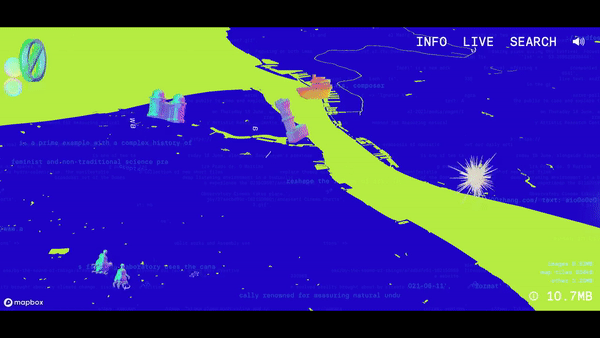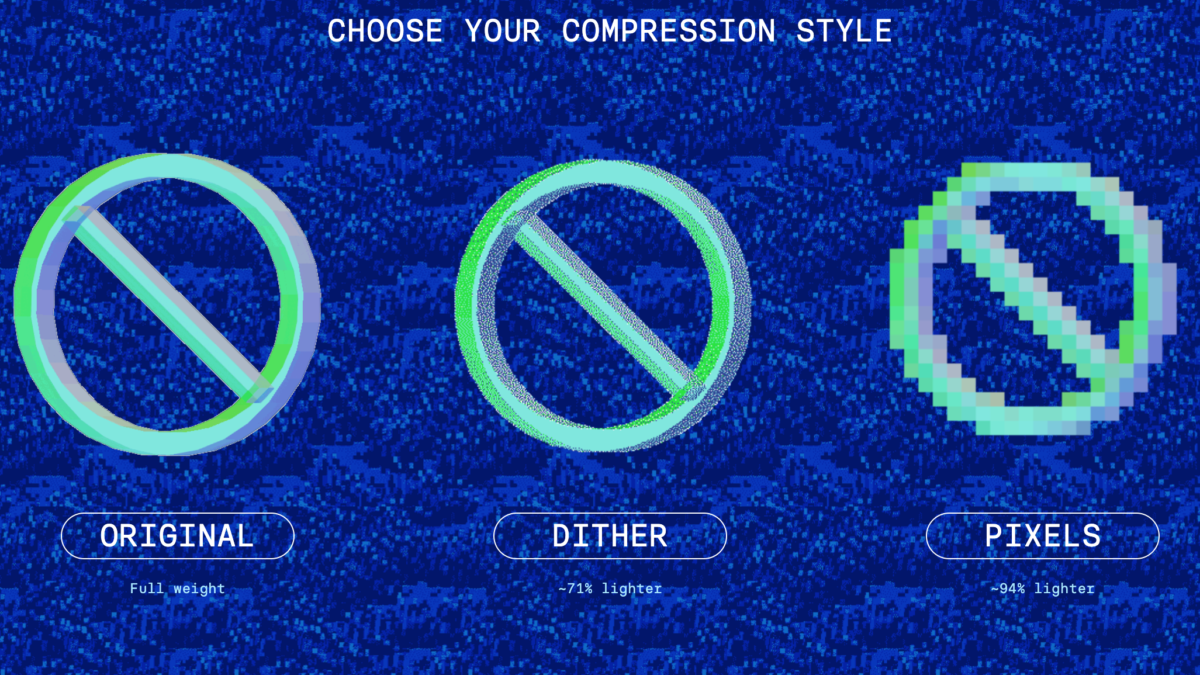AND Festival 2021 Online Hub with Alex Piacentini
Thu 08 Jul 2021In 2019, 4.1 billion people worldwide had access to the Internet. Every search query, streamed video and cloud computing action is responsible for an ever-increasing global demand for energy, increasing CO₂ emissions. It is difficult to estimate exactly how large our digital impact is. Studies estimate this to account for 2.3-3.7% of global CO₂ emissions, equivalent to the emissions of the entire aviation industry.
Kilometres of cables run across ocean floors to connect the continents; and uncountable tonnes of materials are used to manufacture the servers that store and transfer our data (our usage increasing by 80% every five years – source). Billions of kilowatts of energy are used to power these machines, cool the data centres that host them and power the devices of users.
We spoke to visual designer Alex Piacentini about building AND Festival’s Online Hub, his interest in sustainable design practices and how that informed the hub’s distinct and highly effective presentation of the festival programme.
Hi Alex, please introduce yourself and your practice
Hello! I’m a visual designer based in Milan. I have a background in information technology, communication design and data visualisation. I have a strong interest in using code to create visual outputs. I like how code can become a meta-tool for designing since it defines rules, not closed solutions, so acts on a higher level of abstraction.

What was your favourite part of the build?
It’s been a joy to work with AND. Our discussions were always really open-minded and stimulating, and generated heaps of ideas.
What inspired your interest in visualising digital waste within the Online Hub?
The topic of sustainability is quite present in my work. I find it really disturbing that humanity is so quickly destroying the balance of climate and ecosystems. If you look at it from a cosmic perspective, Earth is a pretty special place, the only one (known) that developed life, a tiny oasis in an infinite still desert.
The sustainability of the web is of exponentially growing concern, and since I work in this field it’s really important for me to tackle the topic in a (self-)critical way. With the Online Hub I thought the best way to do it was exposing the remains of our daily web activity as a digital wasteland.

What are ways that coders, designers and internet users can reduce their digital carbon footprint?
For designers and coders there’s plenty of room to reduce a website’s impact. Things like limiting the number of images and videos, optimising videos / images, limiting the number of fonts used, avoiding functionalities that require a lot of code or using complex libraries, are some examples. But in the realm of the digital, the scale of numbers changes drastically and it’s not always easy to predict. So I think the key is measuring.
On the Online Hub, a counter tells users how much bandwidth they are using while navigating the site. Maybe if a similar approach was more widespread (maybe embedded in the browser or operating system), tech professionals and users would get a clearer idea of the impact of their decisions. And then maybe demand cleaner options. If we would really go for it, this would be the way websites looked: http://motherfuckingwebsite.com/ (Warning: lots of swearing!)
